Before the crash, the teenager and nine-year-old would frequently play a game setting up ‘little camps’
Oliver Pritchard-Jones,Andrea Blanco,Gustaf Kilander
A 13-year-old girl used “survival games” to keep her and her siblings – including a baby – alive in the Amazon Rainforest for 40 days, her family have revealed.
Before news of their rescue emerged on Friday – Lesly, 13, Soleiny, nine, Tien Noriel, four, and baby Cristin, one – spent more than a month trapped in the dense Colombian jungle after the light aircraft they were travelling in crashed on 1 May.
It killed everyone else onboard – including the children’s mother Magdalena Mucutui Valencia.
With no outside help, Lesly and Soleiny resorted to using their knowledge of the jungle to survive, their aunt Damarys Mucutuy said.
Speaking to the Caracol news network, she said the teenager and nine-year-old would frequently play a game setting up “little camps” before the disaster.
She translated this after the crash and used hair ribbons to make camps and keep her younger brothers safe in the jungle which is home to predators including jaguars, pumas, and snakes.
The area is also used by armed gangs that smuggle drugs.
In pictures released by the Colombian military after they were rescued, hair ties can be seen among branches on the jungle floor.
In addition to making a camp, Lesly “knew what fruits she can’t eat because there are many poisonous fruits in the forest. And she knew how to take care of a baby”, her grandmother Fatima Valencia explained.
Mrs Valencia added that Lesly’s experience looking after her siblings while her mother was at work also helped.
The children’s grandfather Fidencio Valencia said they were “very weak” but “happy to see their family”.
It is thought that this knowledge, combined with food they managed to salvage from the plane’s wreckage and other skills learned growing up in the Huitoto indigenous group, helped the children survive for such a long period.
“She gave them flour and cassava bread, any fruit in the bush, they know what they must consume,” she told the BBC.
“They were raised by their grandmother,’ said John Moreno, a leader of the Guanano group in Vaupes, in the southeastern part of Colombia where the children were raised.
“They used what they learned in the community, relied on their ancestral knowledge in order to survive.”
The children have since been taken to a military hospital to recover
Speaking after they were found, their grandfather Fidencio Valencia said they were “very weak” but “happy to see their family”.
Ms Mucutuy told a local radio station that “the children are fine” despite being found with signs of dehydration and insect bites and have been offered mental health services.
They are currently being cared for at a military hospital in the capital, Bogota.
Friday’s announcement came after weeks of searching for the children by authorities in the South American country.
President Gustavo Petro called them an “example of survival” and predicted their saga “will remain in history”.
One of the four Indigenous children who were found alive after being lost for 40 days in the Colombian Amazon forest following a plane crash, is stretchered out of a plane upon landing at the CATAM military base in Bogota on June 10, 2023
The manhunt was sparked after their children’s bodies were not found alongside the plane’s wreckage which was discovered between 15 May and 16 May.
Around 200 soldiers and indigenous people who knew the area were later dispatched to comb through some 320 sq km (124 sq mi) of the jungle.
It is thought that at points they came with 100m (300ft) of them, but storms, thick vegetation, and marshy terrain prevented them from making contact.
The air force also dropped food parcels and 10,000 flyers telling them to stay put and giving them survival tips.
Paramedics carry to an ambulance one of four Indigenous children who were missing after a deadly plane crash at the military air base in Bogota, Colombia, Saturday, June 10, 2023
After being found, army radios could be heard saying: “Miracle, miracle, miracle, miracle.”
Defense Minister Ivan Velasquez has since paid tribute to the various army units' “unshakeable and tireless” work, as well as to the Indigenous people who took part in the search.
Following the children being found, footage showed how the dehydrated and malnourished children were lifted into a helicopter.
“I never lost hope, I was always supporting the search. I feel very happy, I thank President Petro and my ‘countrymen’ who went through so many difficulties,” the grandmother said.
The children were treated by Special Operations Command medics before they were flown to a hospital. They were flown to the military base of San Jose del Guaviare, according to the Daily Mail.
Colombia's First Lady Veronica Alcocer (L) and Sofia Petro (R), daughter of Colombian President Gustavo Petro, visiting one of the four Indigenous children
Family fleeing threats from crime groups
Days into the initial search Mr Petro announced that the minors had been located and were in good health. But hours later, he walked back that assertion, clarifying that the Air Force and indigenous communities had established contact with the children, but that their location remained unknown.
Ms Mucutuy was travelling with her children to Bogotá to meet her husband Manuel Ranoque and start a new life together.
According to El Tiempo, Mr Ranoque, who is related to a local political leader, previously lived in the indigenous reserve of Puerto Sábalo with his family.
He had to flee the community on foot after receiving threats from crime groups operating in the area. Mr Ranoque completed his odyssey through the jungle and eventually arrived in Bogotá.
He reportedly found a job and saved money for a month and a half to afford his family’s transport from their remote community to the Colombian capital.
The search for the children has captivated Colombia during the 40 days since they vanished after surviving the crash.
Members of the Colombian Army checking one of the four Indigenous children who were found alive after being lost for 40 days in the Colombian Amazon rainforest
Plane suffers engine failure
On 1 May, the plane, which was carrying six passengers and the pilot, suffered an engine failure and declared an emergency. After the plane fell off the radar, the search for any survivors started.
The plane had been on a route between Araracuara in the Amazonas province and San Jose del Guaviare for the first leg of the trip when it disappeared.
The plane wasn’t found until two weeks later on 16 May in the rainforest, as weather conditions delayed search operations. The remains of the three adults on the plane were located, but the children weren’t there.
The Colombian armed forces flew 150 soldiers with dogs to the area to search for the siblings. Dozens of volunteers from Indigenous tribes also joined the search efforts.
As they searched in areas with low visibility because of the forest and mist, soldiers in helicopters dropped boxes of food into the jungle for the children to hopefully find.
‘She had been living in the jungle for so long’
Mucutuy’s mother Fátima told El Tiempo she was combing parts of the jungle herself with other members of indigenous communities.
“I’m waiting for them to return [my daughter’s] body. She had been living in the jungle for so long. I’m waiting for her,” Fátima said at the time. “God is good and I know the children will be found alive.”
Authorities said rescue efforts involved three helicopters, including one which blasted out a recorded message from the children’s grandmother in the Huitoto language telling them to stop moving through the jungle. At night, planes fired flares to help ground crews search.
Confusion as rumours emerges about children’s location
At one point, rumours emerged concerning the children’s location and Mr Petro tweeted on 18 May that they had been found but soon deleted the message, saying that he had been misinformed by one of the government agencies.
At the time, Mr Petro claimed in a statement on Twitter that the children had been found after a search by the military, firefighters, and civil aviation authority officials in the dense jungle of Colombia’s Caqueta province.
“After arduous searching by our military, we have found alive the four children who went missing after a plane crash in Guaviare. A joy for the country,” he said.
Mr Petro deleted his previous tweet, later issuing an apology: “I have decided to delete the tweet because the information provided by [the government’s child welfare agency, ICBF] could not be confirmed. I apologise for the confusion.
“The Military Forces and the indigenous communities will continue in their tireless search to give the country the news it is waiting for. At this time there is no other priority other than moving forward with the search until you find them. Children’s lives are the most important thing,” he said last month.
The Instituto Colombiano de Bienestar Familiar (ICBF) said previously that it had received information “from the field” that the children had been found in good health. However, defence ministry sources then told local media that they had no confirmation that they had been found.
“Information was received from the area assuring contact was made with the four children who were part of the group transported on the aircraft. This report stated that they had been found alive and in good health,” said a statement from the ICBF before the children were located.
“However, the military forces have not yet been able to establish official contact due to adverse weather conditions and difficult terrain,” the statement added. Authorities were not been able to “corroborate the information received by the ICBF from various sources”.
ICBF director Astrid Cáceres told Caracol Radio last month that the children were safe but that officials lost communication via satellite with them. However, Ms Cáceres said they had sent teams to three key areas where the children were believed to be, and she was “very confident” that they would soon be found.
The children were travelling with their mother from Araracuara, a village in the Amazon, to San Jose del Guaviare, a small city on the outskirts of the rainforest. The children are a part of the Huitoto people, with officials saying that the oldest siblings have a level of understanding of how to survive in the forest.
‘They are children of the jungle’
The president said on Friday following the finding of the children that for a time he thought that they had been rescued by one of the nomadic tribes that still travel through the jungle with little interaction with the authorities.
During the search, signs that the children were alive appeared, including footprints, a baby bottle, diapers, hair ties, children’s scissors, improvised shelters made with jungle vegetation, and fruit with what appeared to be human bite marks.
“The jungle saved them,” Mr Petro said, according to the AP. “They are children of the jungle, and now they are also children of Colombia.”
MANUEL RUEDA and REGINA GARCIA CANO
Jun 10, 2023
BOGOTA, Colombia — Four Indigenous children survived an Amazon plane crash that killed three adults and then braved the jungle for 40 days before being found alive by Colombian soldiers, bringing a happy ending to a search-and-rescue saga that captivated a nation and forced the usually opposing military and Indigenous people to work together.
Military personnel unload from a plane one of four Indigenous children who were missing after a deadly plane crash, Saturday at the military air base in Bogota, Colombia.John Vizcaino, Associated Press
Cassava flour and some familiarity with the rainforest's fruits were key to the children's extraordinary survival in an area where snakes, mosquitoes and other animals abound. The members of the Huitoto people, ages 13, 9 and almost 5, are expected to remain for a minimum of two weeks at a hospital receiving treatment after their rescue Friday.
Family members, President Gustavo Petro as well as government and military officials met the children Saturday at the hospital in Bogota, the capital. Defense Minister Iván Velásquez told reporters the children were being rehydrated and cannot eat food yet.
“But in general, the condition of the children is acceptable,” Velásquez said. They were traveling with their mother from the Amazonian village of Araracuara to San Jose del Guaviare when the plane crashed in the early hours of May 1.
The Cessna single-engine propeller plane was carrying three adults and the four children when the pilot declared an emergency due to an engine failure. The small aircraft fell off the radar a short time later and a search for survivors began.
“When the plane crashed, they took out (of the wreckage) a fariña, and with that, they survived,” the children’s uncle, Fidencio Valencia told reporters outside the hospital. Fariña is a cassava flour that people eat in the Amazon region.
“After the fariña ran out, they began to eat seeds,” Valencia said.
Timing was in the children's favor. Astrid Cáceres, head of the Colombian Institute of Family Welfare, said the youngsters were also able to eat fruit because “the jungle was in harvest.”
Soldiers and Indigenous men pose for a photo with the four Indigenous children who were missing after a deadly plane crash, Friday in the Solano jungle, Caqueta state, Colombia.Colombia's Armed Force Press Office via AP
An air force video released Friday showed a helicopter using lines to pull the youngsters up because it couldn’t land in the dense rainforest where they were found. The military on Friday tweeted pictures showing a group of soldiers and volunteers posing with the children, who were wrapped in thermal blankets. One of the soldiers held a bottle to the smallest child’s lips.
Gen. Pedro Sanchez, who was in charge of the rescue efforts, said that the children were found 3 miles away from the crash site in a small forest clearing. He said rescue teams had passed within 66 to 164 feet of where the children were found on a couple of occasions but had missed them.
“The minors were already very weak,” Sanchez said. “And surely their strength was only enough to breathe or reach a small fruit to feed themselves or drink a drop of water in the jungle.”
Petro called the children an “example of survival” and predicted their saga “will remain in history.”
Two weeks after the crash, on May 16, a search team found the plane in a thick patch of the rainforest and recovered the bodies of the three adults on board, but the small children were nowhere to be found.
Sensing that they could be alive, Colombia’s army stepped up the hunt and flew 150 soldiers with dogs into the area, where mist and thick foliage greatly limited visibility. Dozens of volunteers from Indigenous tribes also joined the search.
Soldiers on helicopters dropped boxes of food into the jungle, hoping that it would help sustain the children. Planes flying over the area fired flares to help search crews on the ground at night, and rescuers used speakers that blasted a message recorded by the siblings’ grandmother telling them to stay in one place.
The announcement of their rescue came shortly after President Gustavo Petro signed a cease-fire with representatives of the National Liberation Army rebel group. In line with his government's messaging highlighting his efforts to end internal conflicts, he stressed the joint work of the military and Indigenous communities to find the children.
“The meeting of knowledge: indigenous and military,” he tweeted. "Here is a different path for Colombia: I believe that this is the true path of Peace."
Damaris Mucutuy, an aunt of the children, told a radio station that “the children are fine” despite being dehydrated and with insect bites. She added that the children were offered mental health services.
Cáceres told reporters officials agreed with the children's relatives to allow for “spiritual work” at the jungle and the hospital “if there was no immediate emergency action” needed. She said musicians and musical instruments relevant to the children's culture will be allowed in the hospital.
Officials praised the courage of the eldest child, a girl, who they said had some knowledge of how to survive in the rainforest and led the children through the ordeal.
Before their rescue, rumors swirled about their whereabouts. So much so, that on May 18, Petro tweeted that the children had been found. He then deleted the message, claiming he had been misinformed by a government agency.
The children told officials they spent some time with the dog, but it then went missing. That was a rescue dog that soldiers took into the jungle. The military was still looking for the dog, a Belgian Shepherd named Wilson, as of Saturday.
Petro said that for a while he had believed the children were rescued by one of the nomadic tribes that still roam the remote area where the plane fell and have little contact with authorities.
As the search progressed, soldiers found small clues that led them to believe the children were still alive, including a pair of footprints, a baby bottle, diapers and pieces of fruit that looked like they had been bitten by humans.
“The jungle saved them,” Petro said. “They are children of the jungle, and now they are also children of Colombia.”
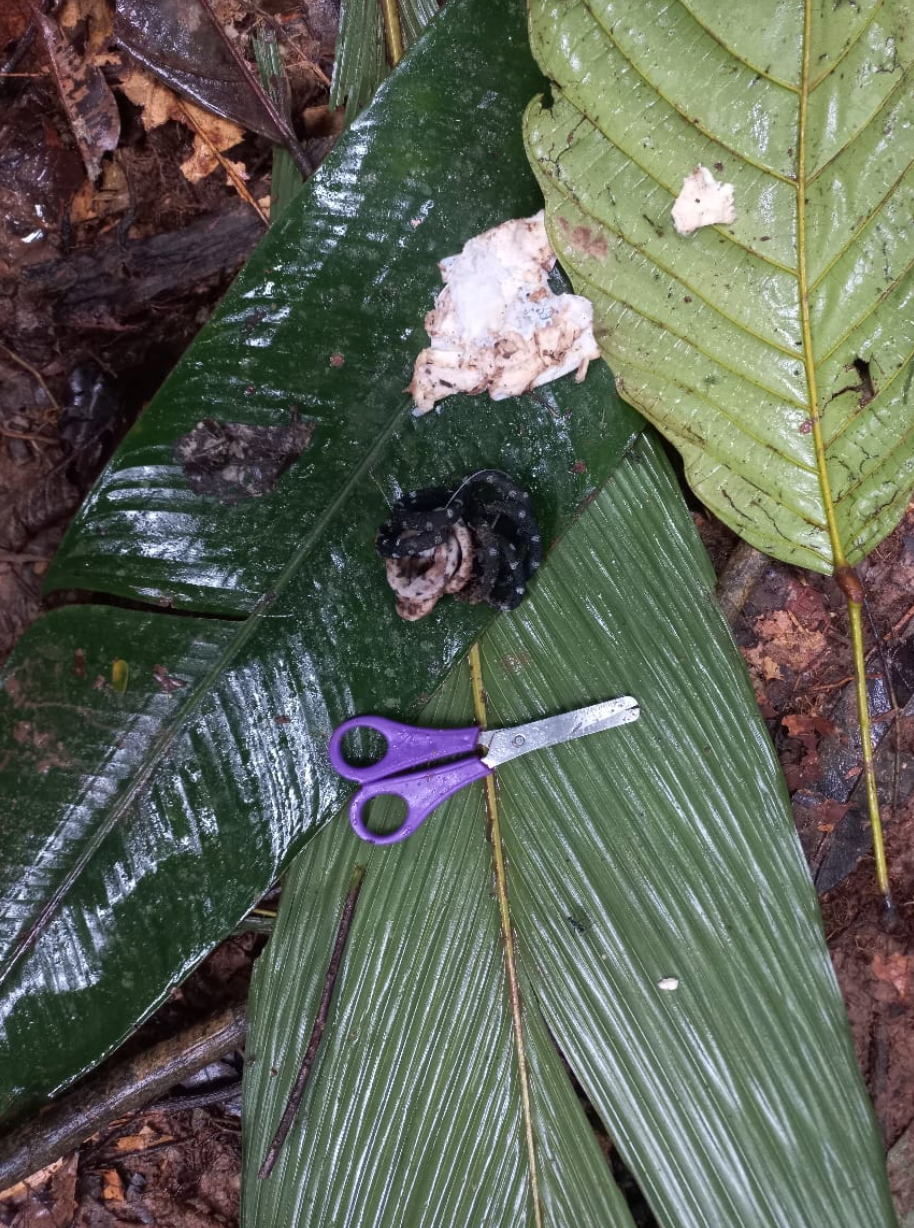
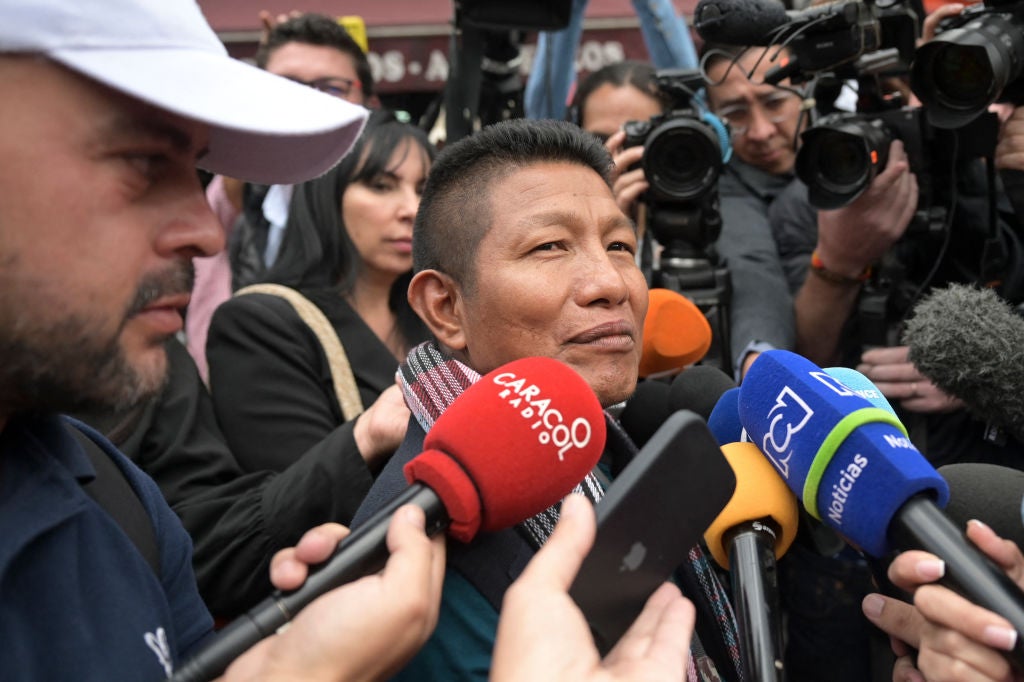
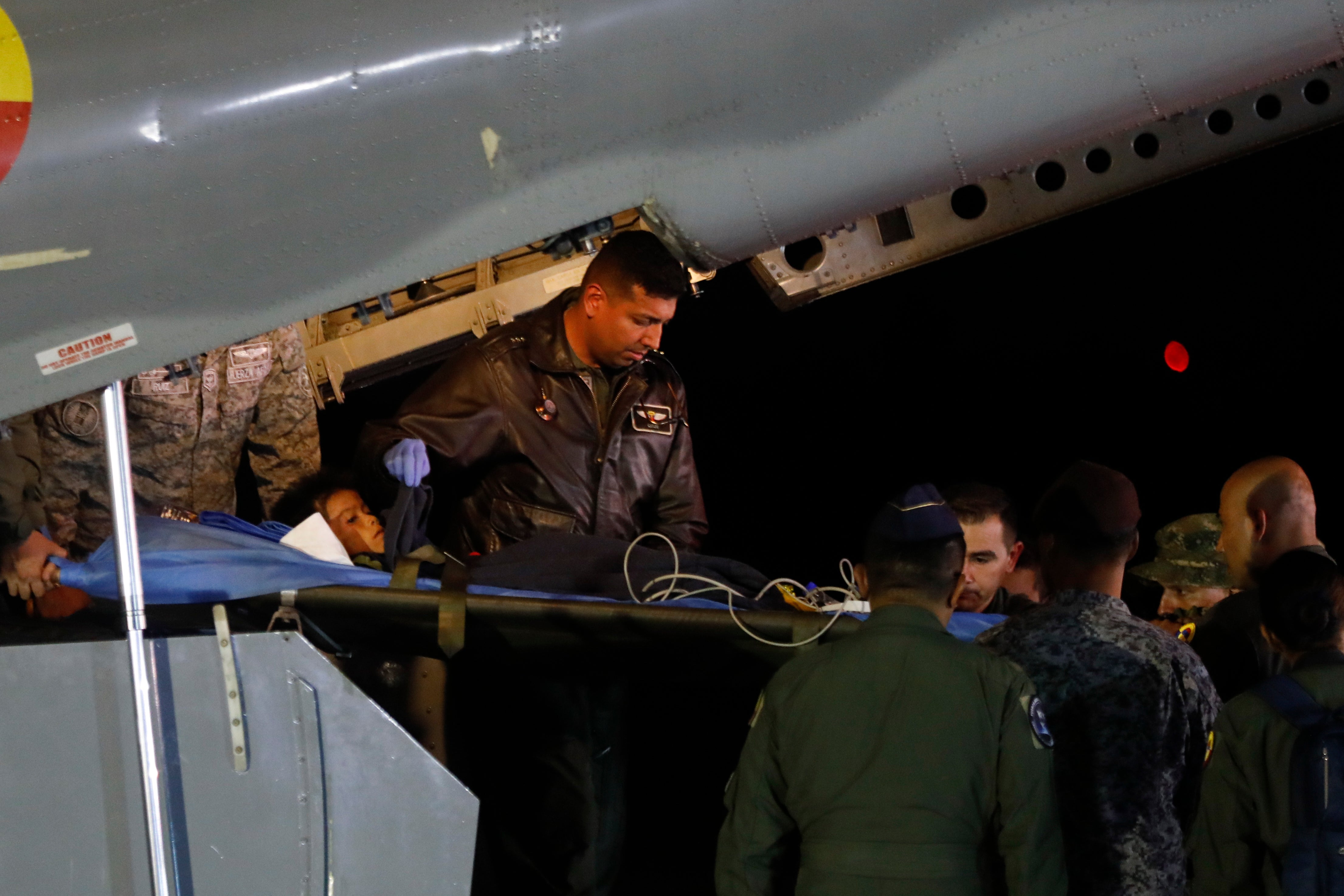
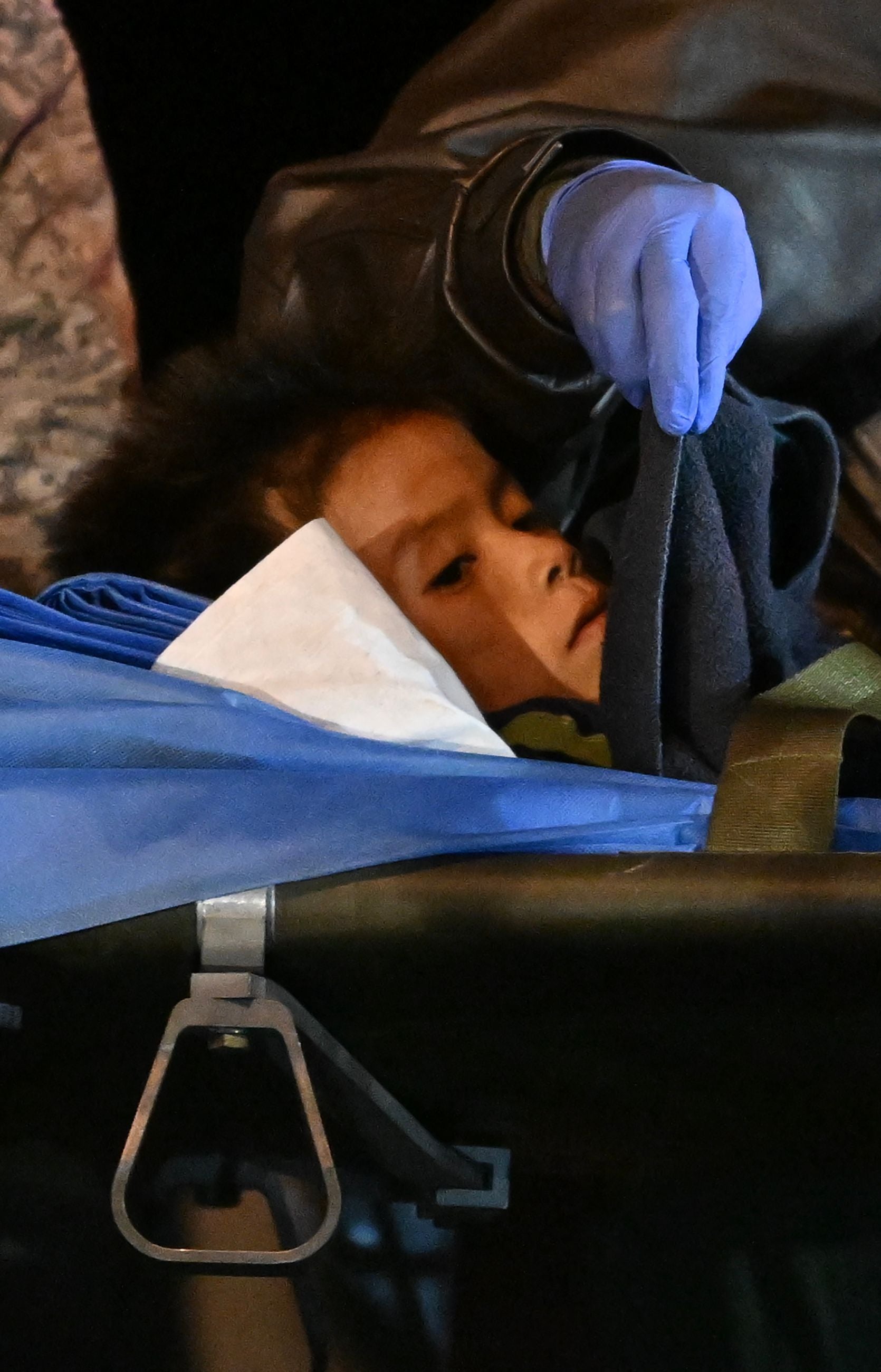
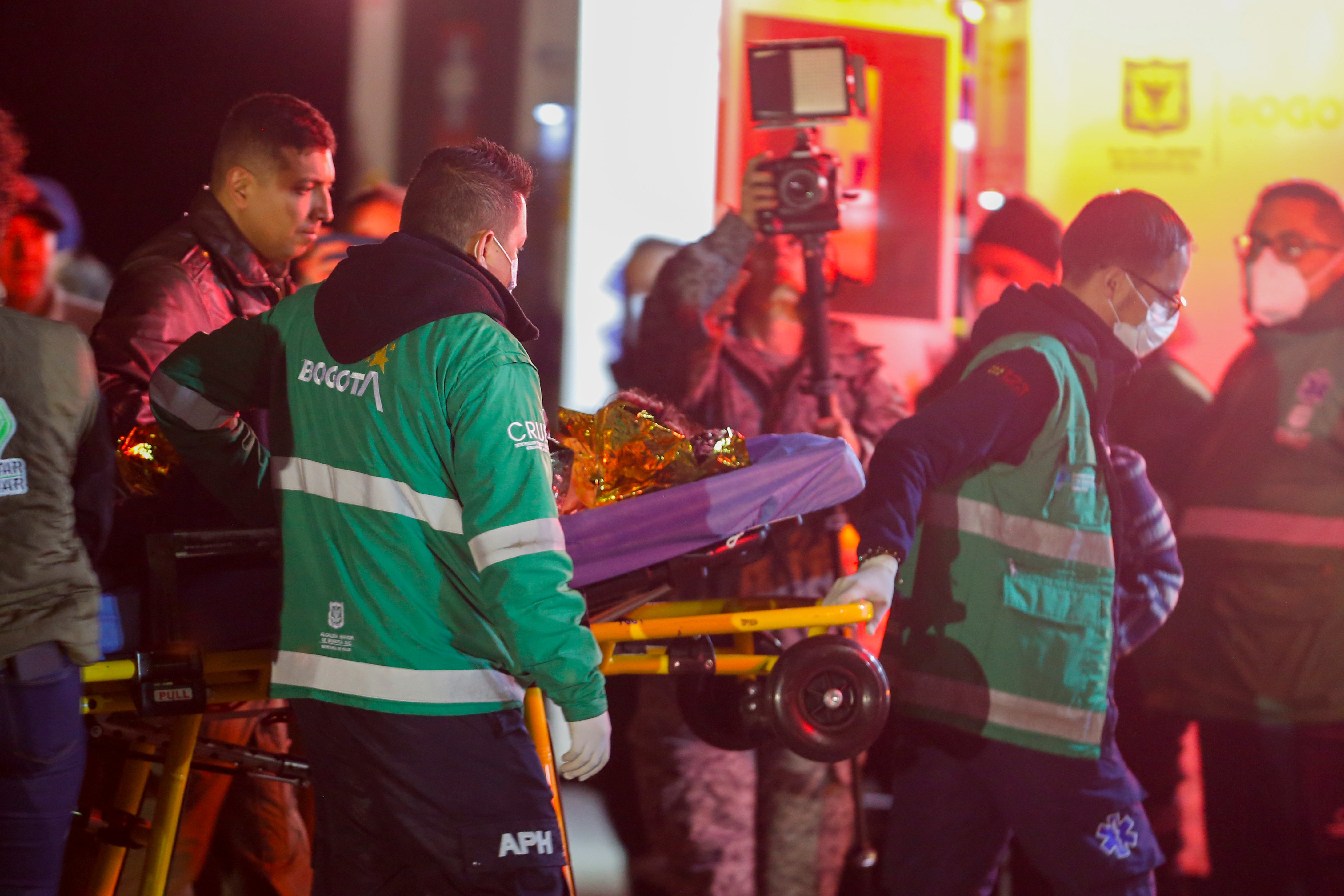
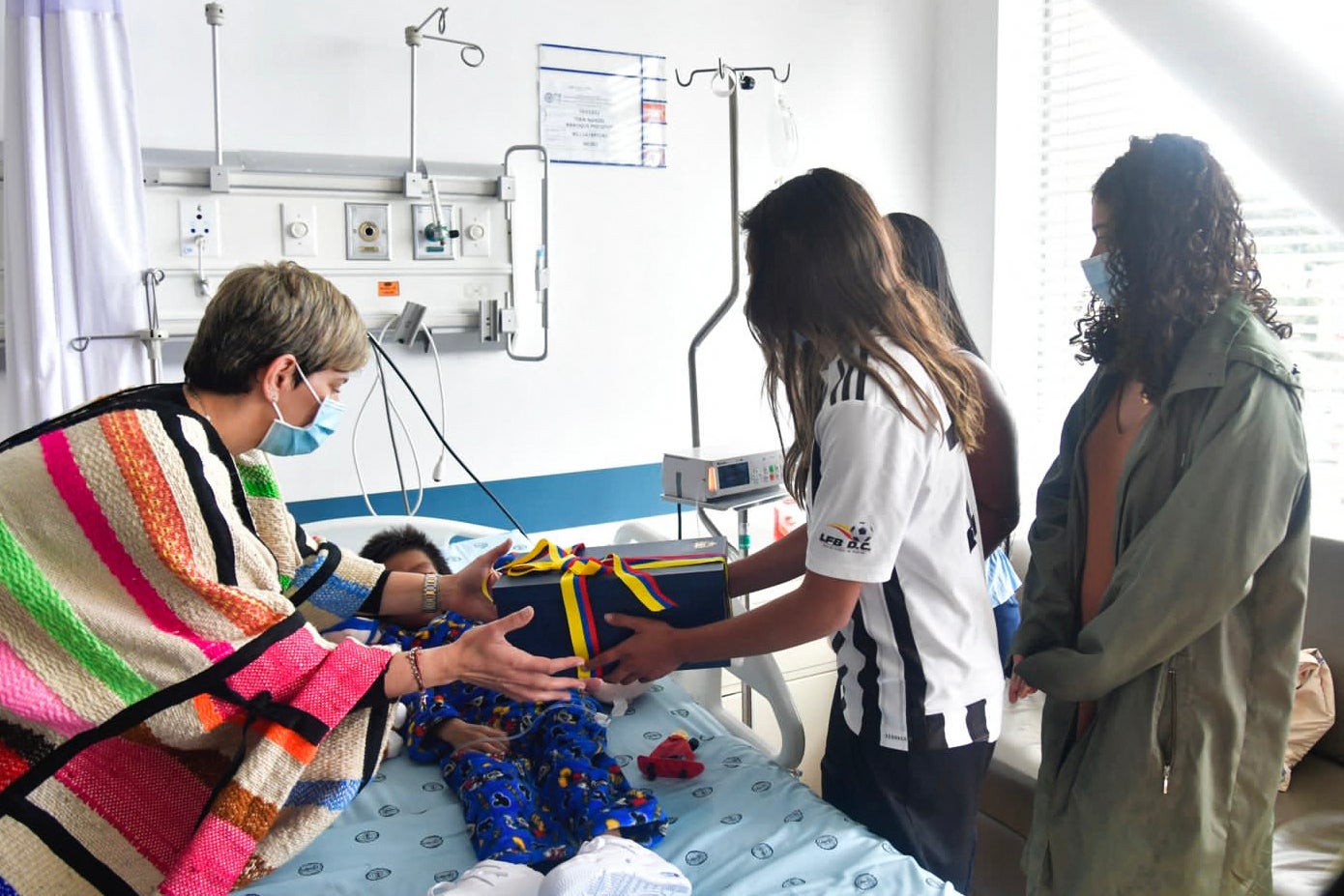
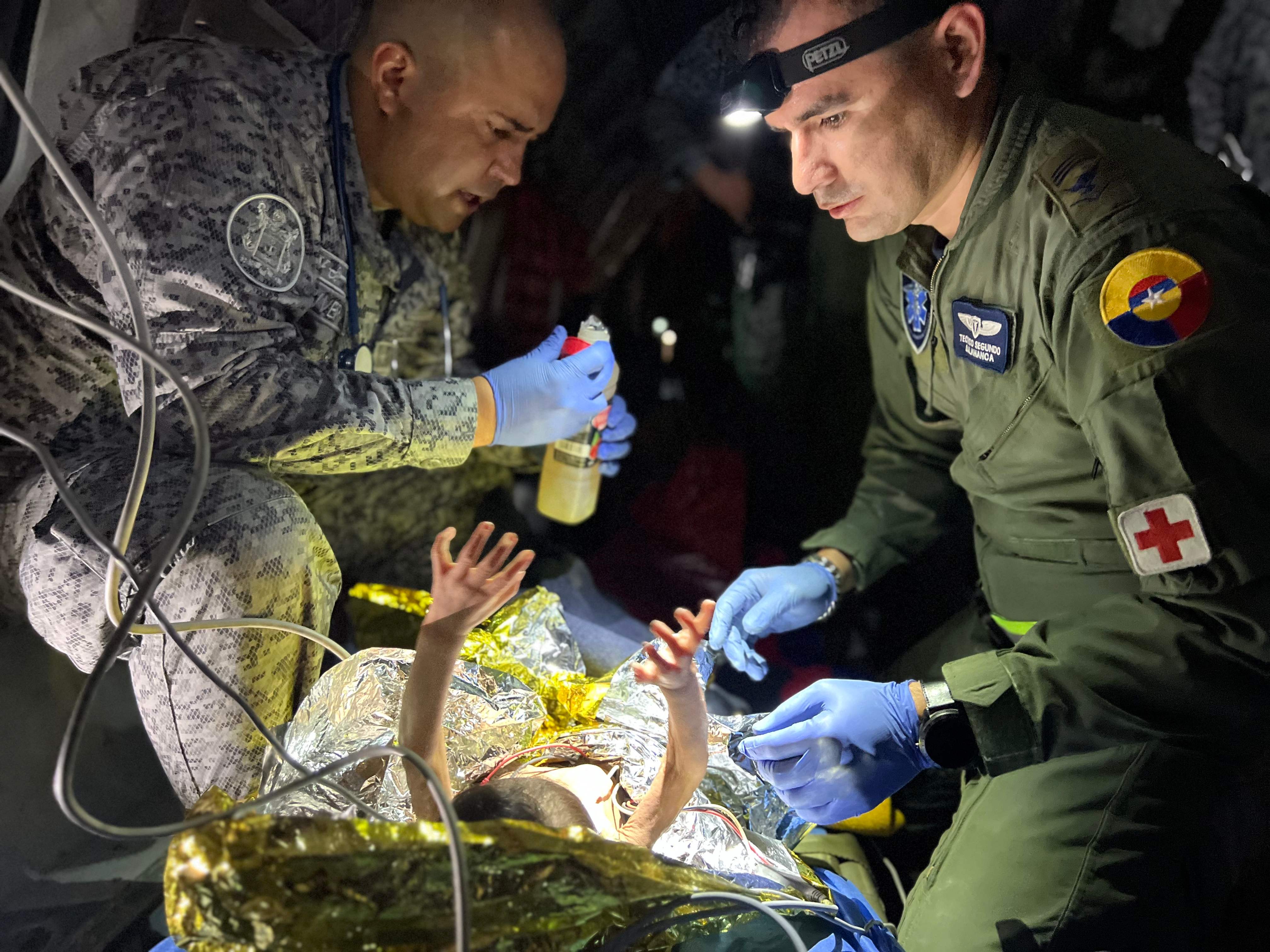
No comments:
Post a Comment